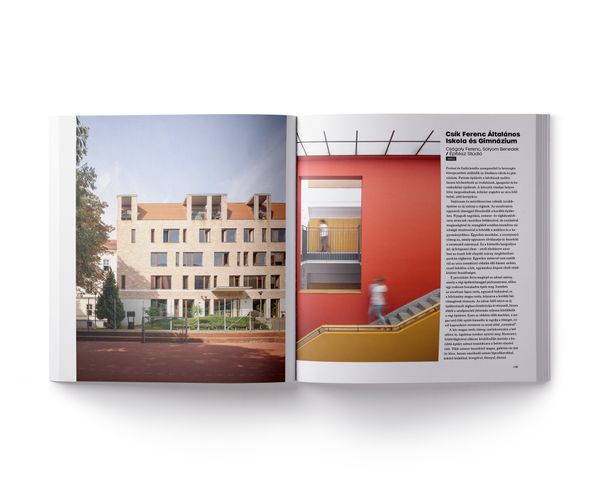Housing estates usually come to mind as unfriendly, dirty, gray concrete jungles; the mass housing construction of the socialist era completely degraded the concept. In our selection today, we would like to dispel these prejudices with five well-functioning, comprehensively designed and aesthetically exciting housing estates in Eastern Europe.
“Working together, living separately” | Zlín
The view of the suburbs of Zlín is characterized by unified, gracefully proportioned, timeless red brick cube houses. The housing estate was built by the owner of the Bata shoe factory, who announced an international architectural proposal for the design of residential houses for working families, for which nearly three hundred architects applied. Among them was Le Corbusier, who designed a large residential unit for Zlín, such as that in Marseille or Berlin. Instead, Jan Bata implemented a concept of separate, livable and functional houses.
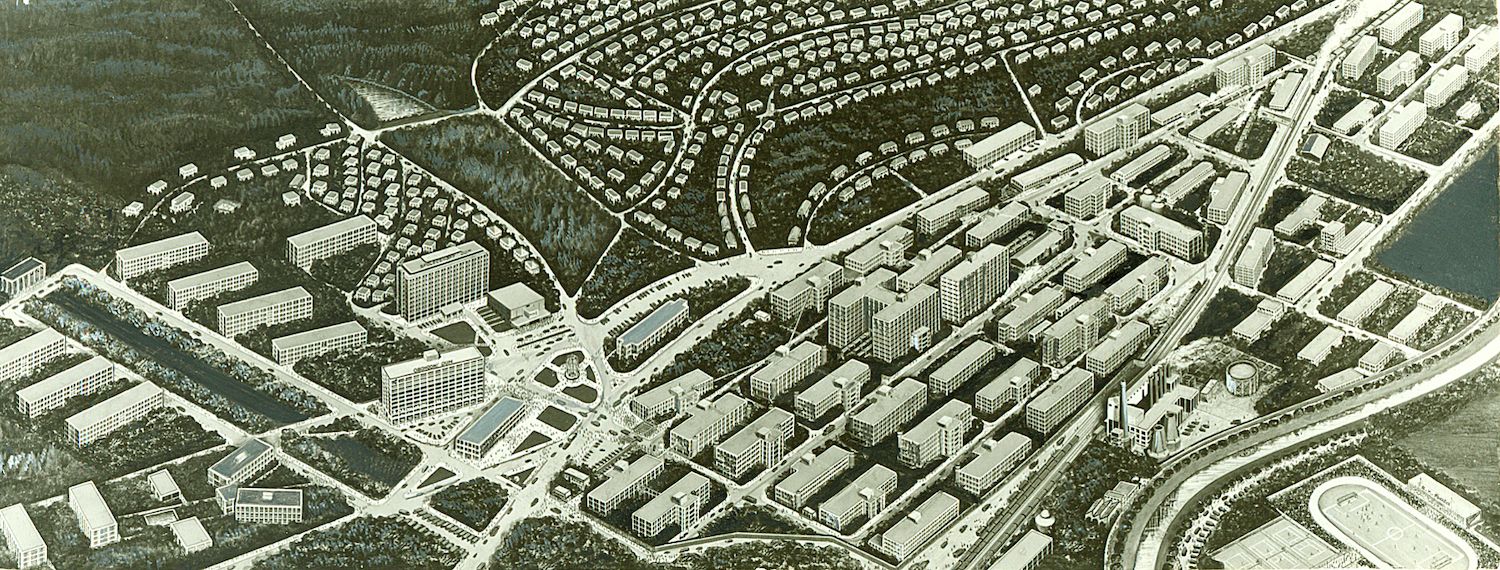
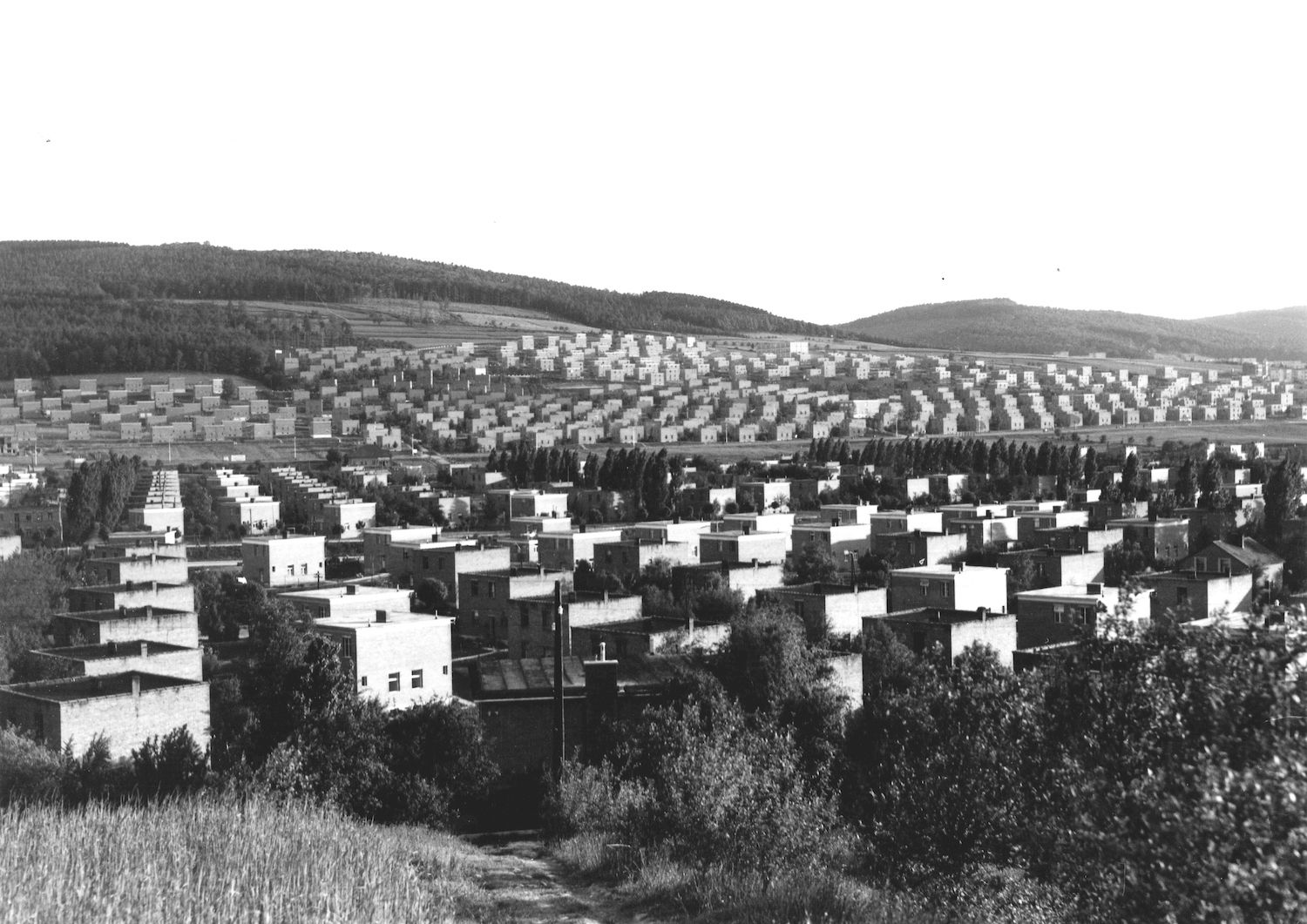
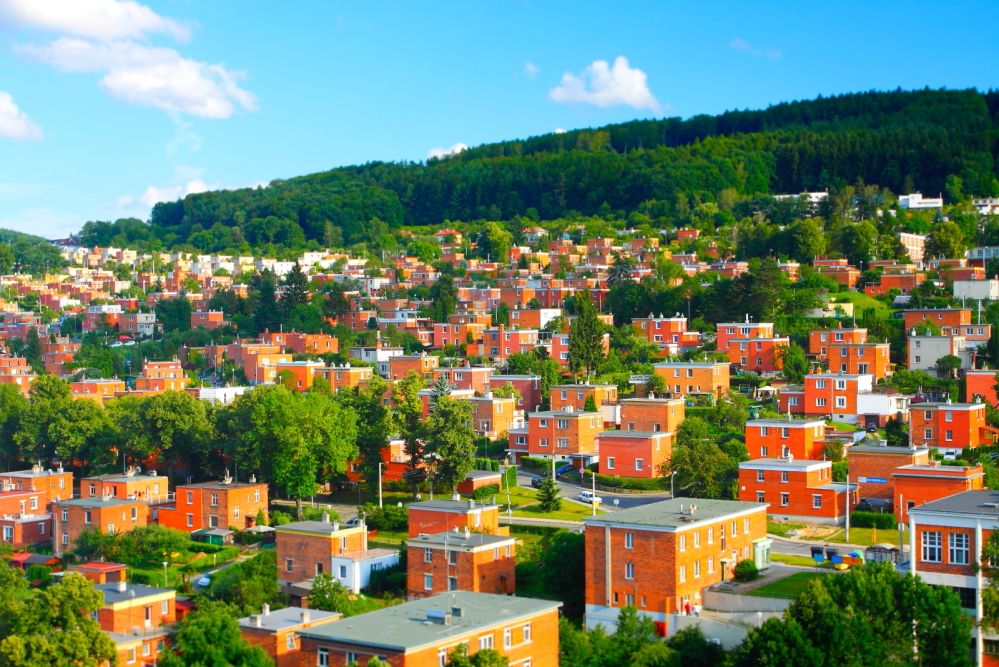
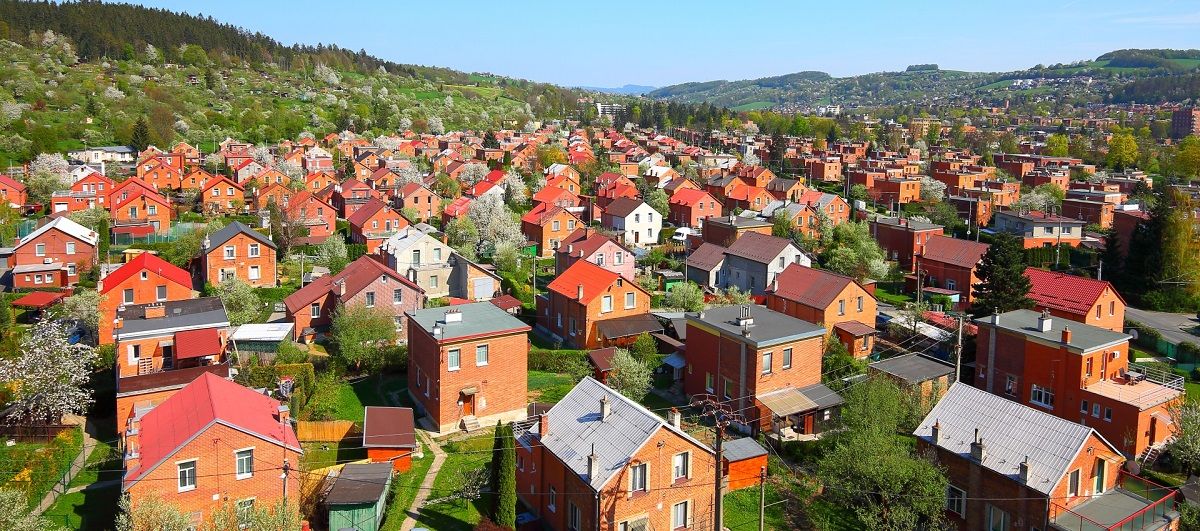
The city rebuilt from scratch | Sedesowce, Wrocław
In the years following World War II, the ruined city of Wrocław was joined to Poland; Polish architects’ primary task was reconstruction. People-centered design played an important role in the redesign process, after which the city almost magically became the center of theater, fine arts, music and film in Eastern Europe. One of the most exciting housing estates in the city is Sedesowce, designed by Jadwiga Grabowska-Hawrylak. Its name means toilet seat, which refers to the characteristic rounded windows of buildings.

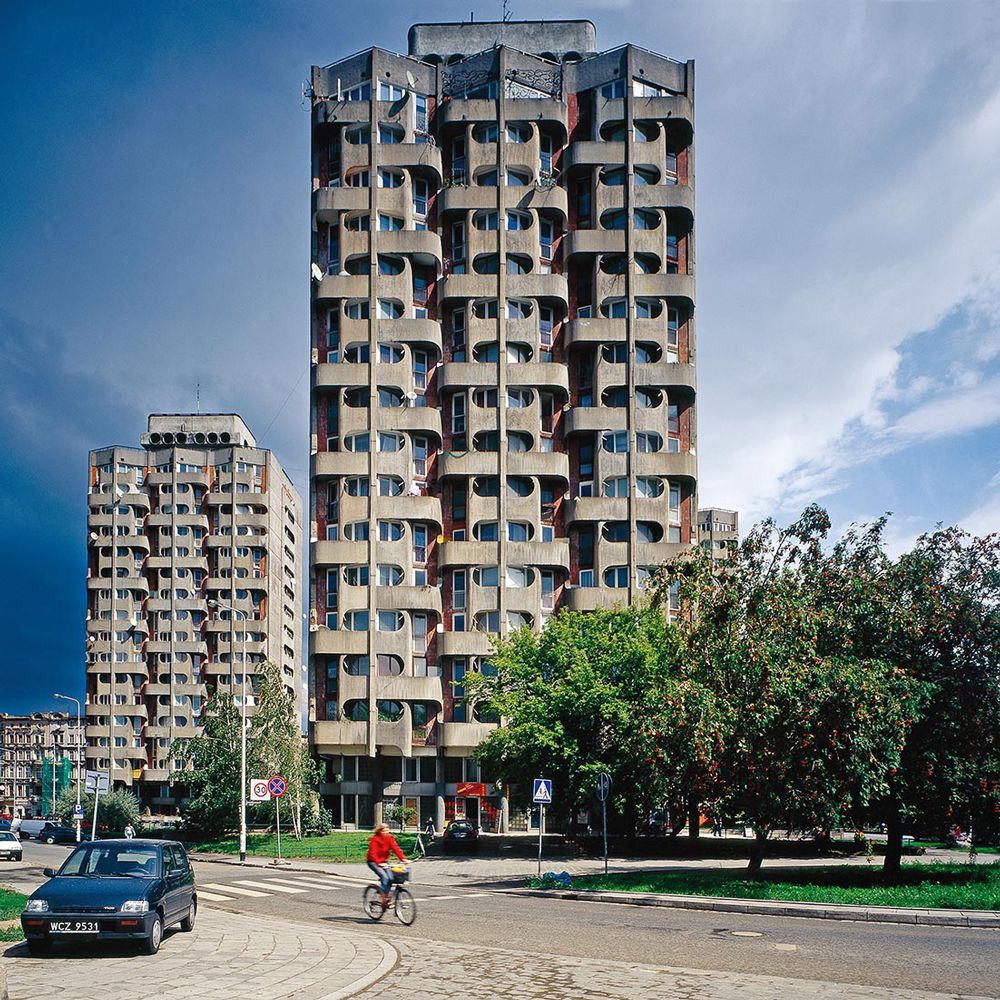
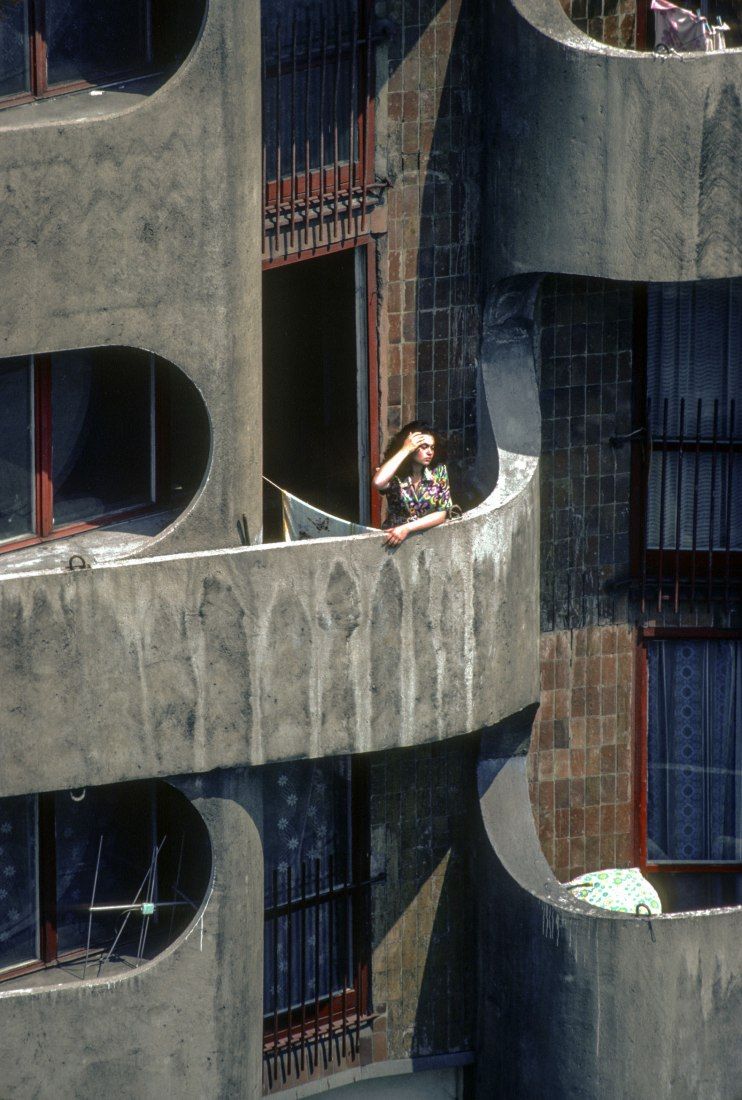
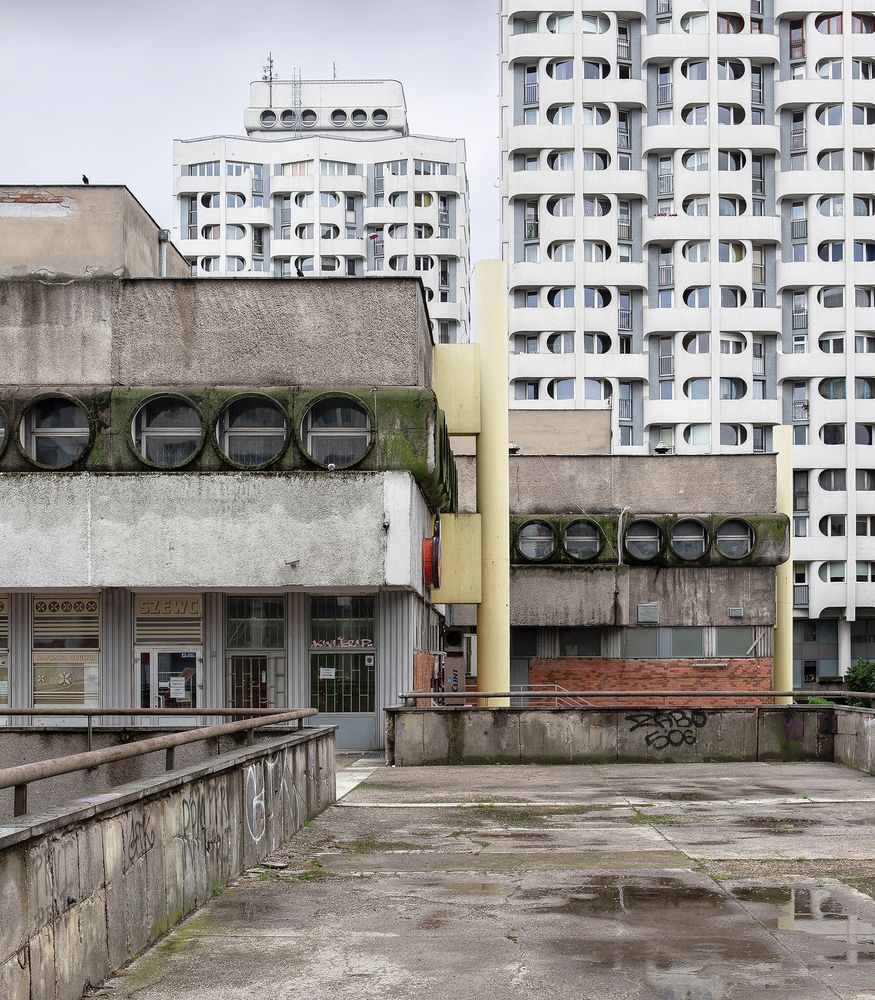
“Creating a home for a man who is struggling with life” | Wekerle estate, Budapest
Wekerle estate is Hungary’s first housing estate designed with a comprehensive architectural approach. With the new workers’ housing estate, instead of a row of multistory tenements, a suburban-style housing estate was created so that people from the countryside would not break away from their usual, close-to-nature, rural lifestyle. There are forty-eight types of houses in Wekerle, which are characterized by Hungarian folk Art Nouveau design, based on the shapes of Transylvanian vernacular architecture.

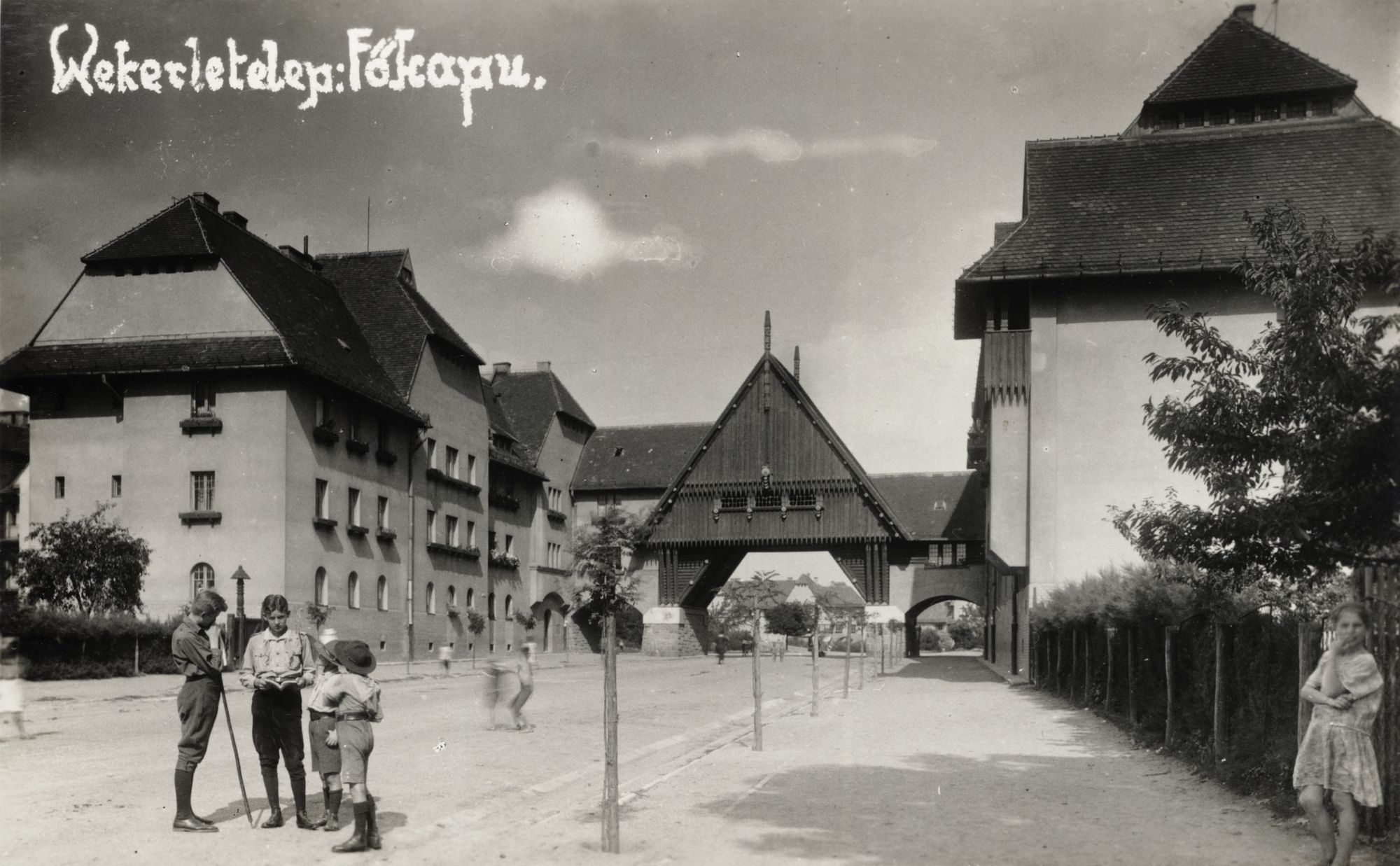
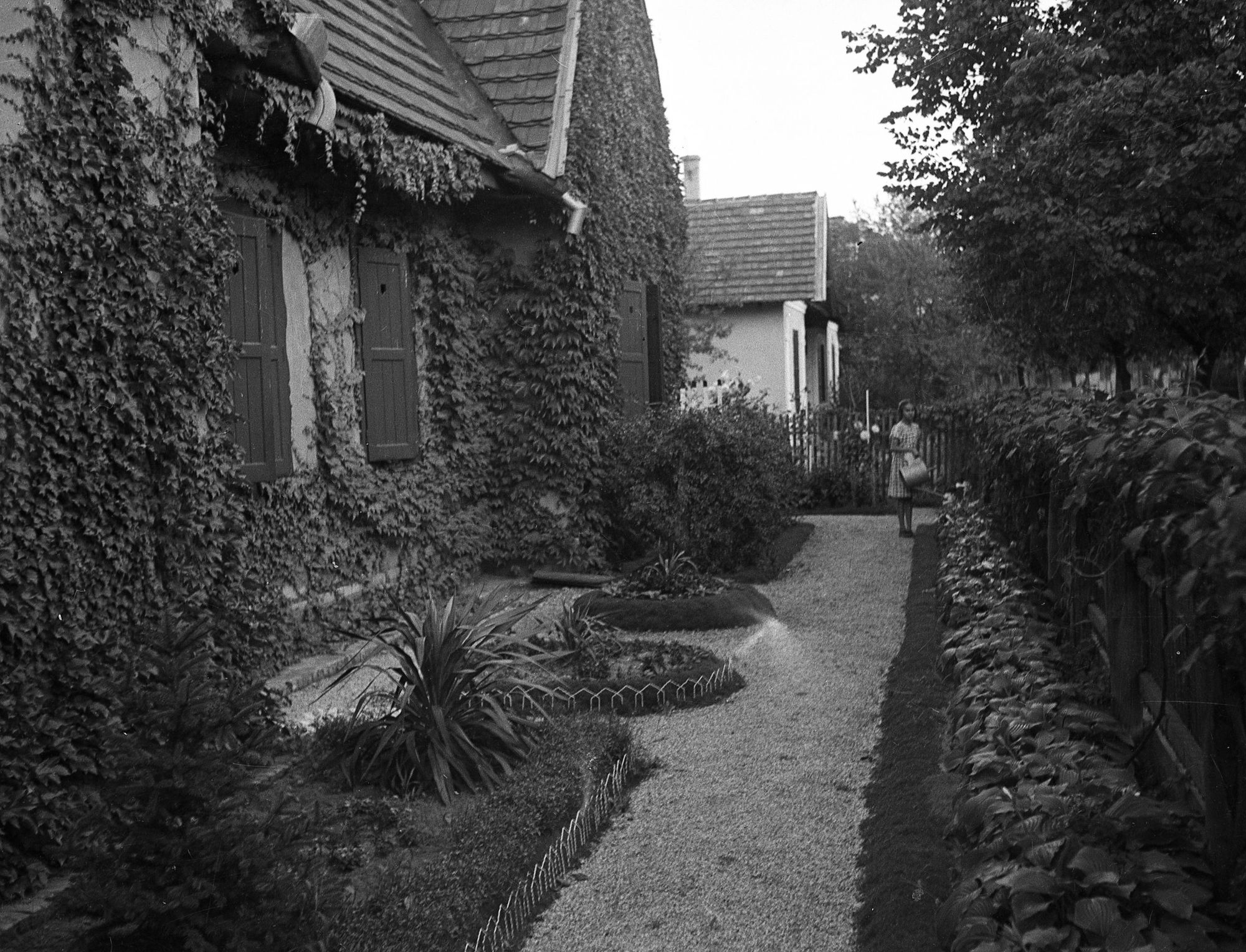

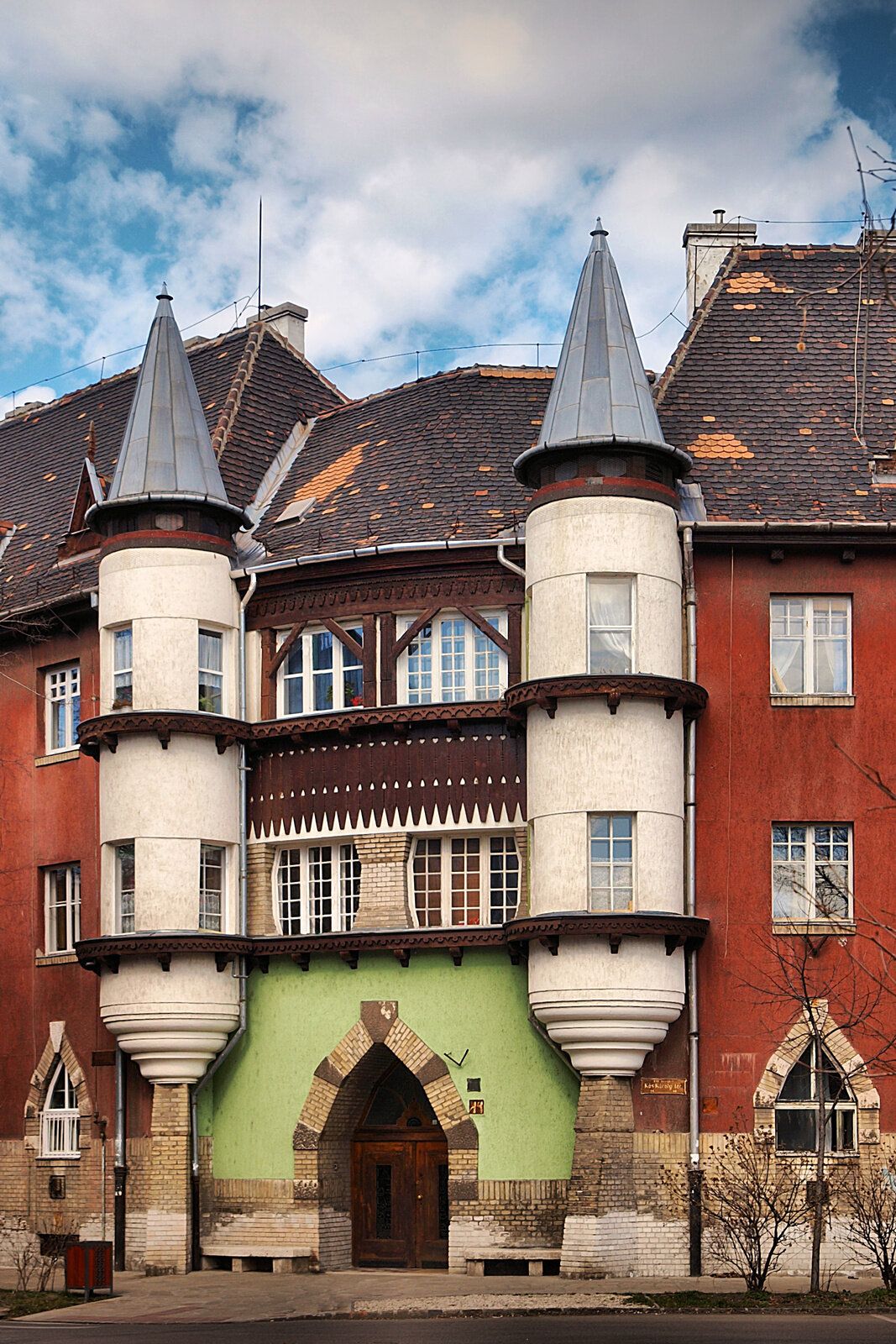

A metaphor of progress | Comfort Town, Kyiv
Comfort Town stands out as a colorful Lego city from the gray concrete blocks of the Soviet era: it brings the spirit of modernity and progress to the Ukrainian capital. A real city in the city, where all the important functions are located: kindergarten, primary school, high school, swimming pool, gym, shopping center, cafés, restaurants, public parks and playgrounds serve the residents.
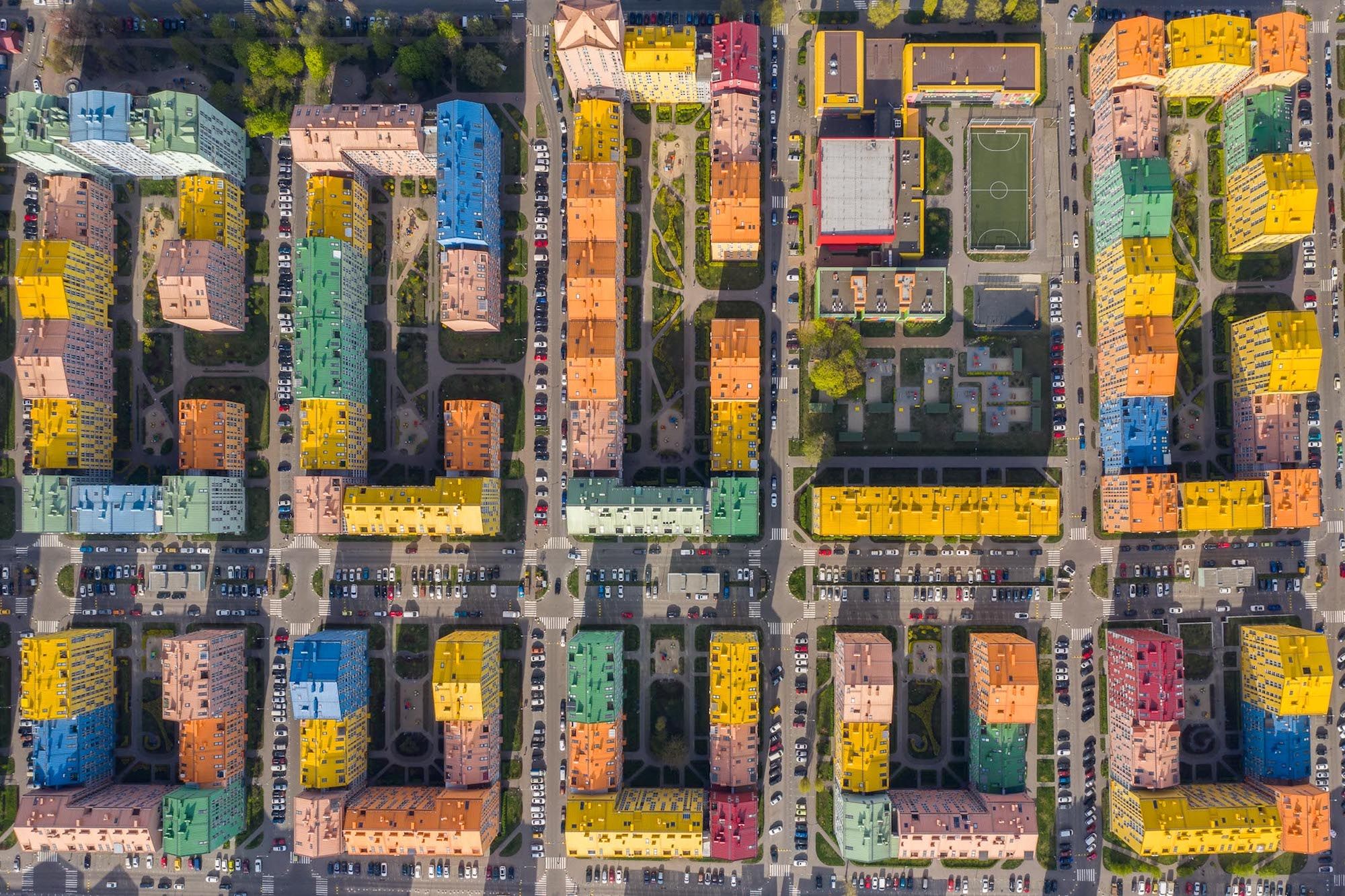
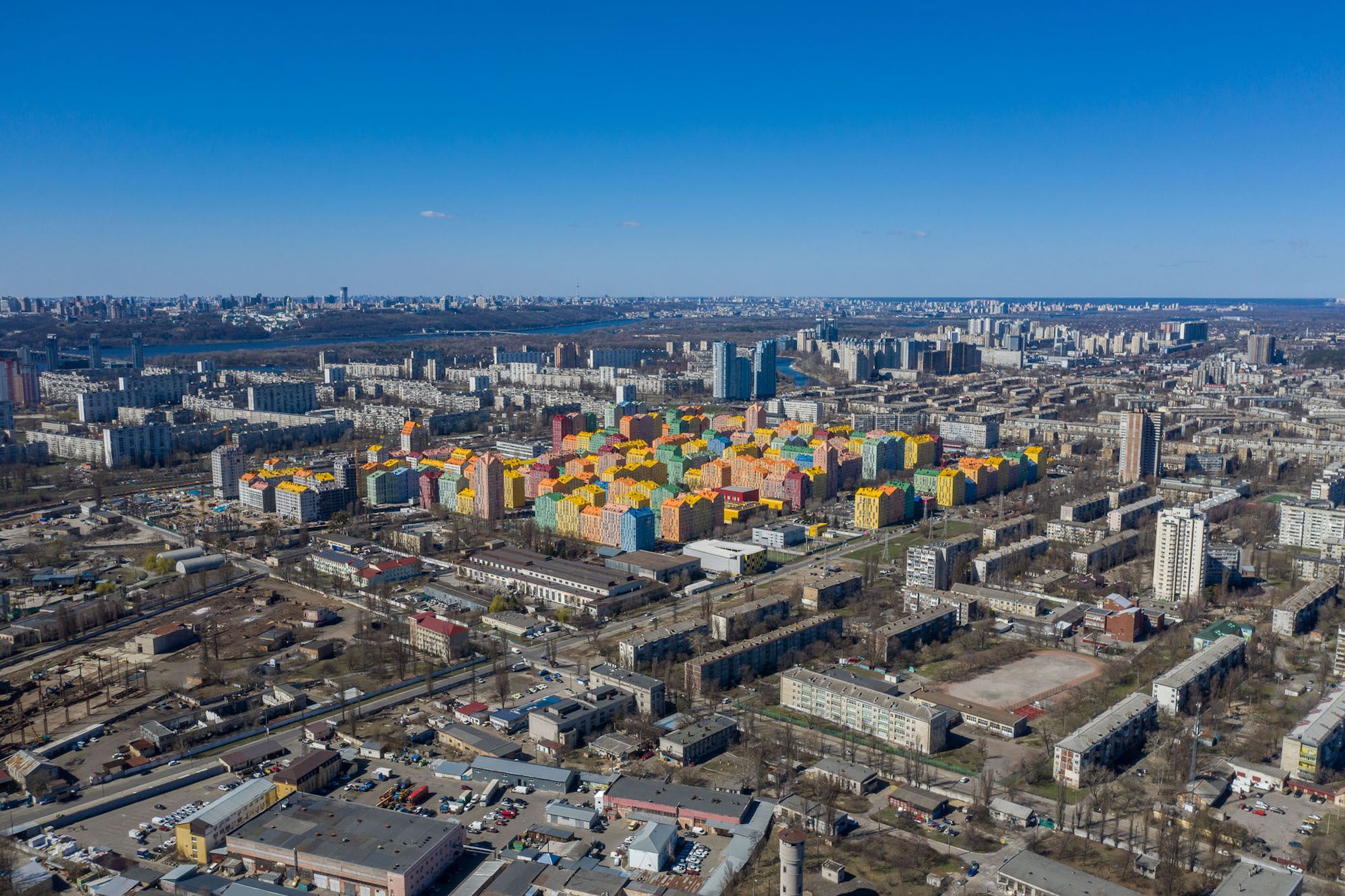

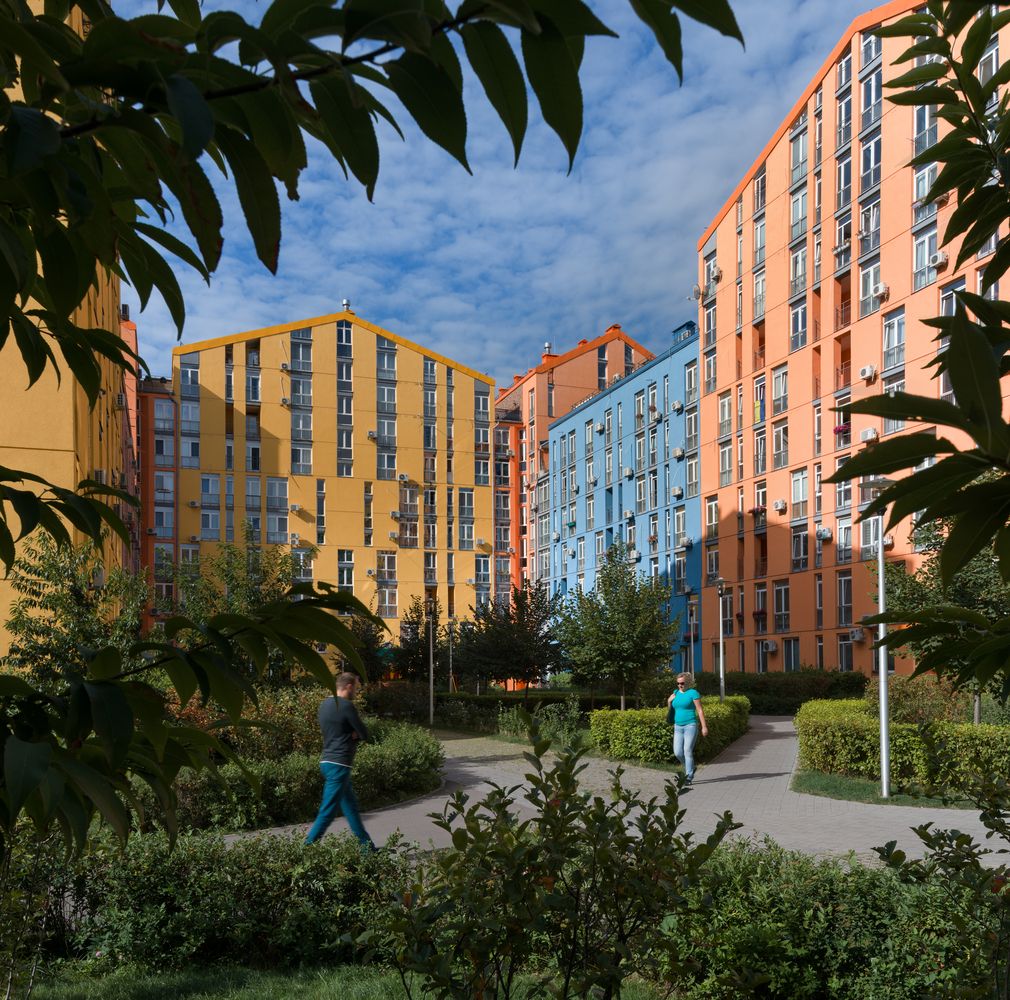
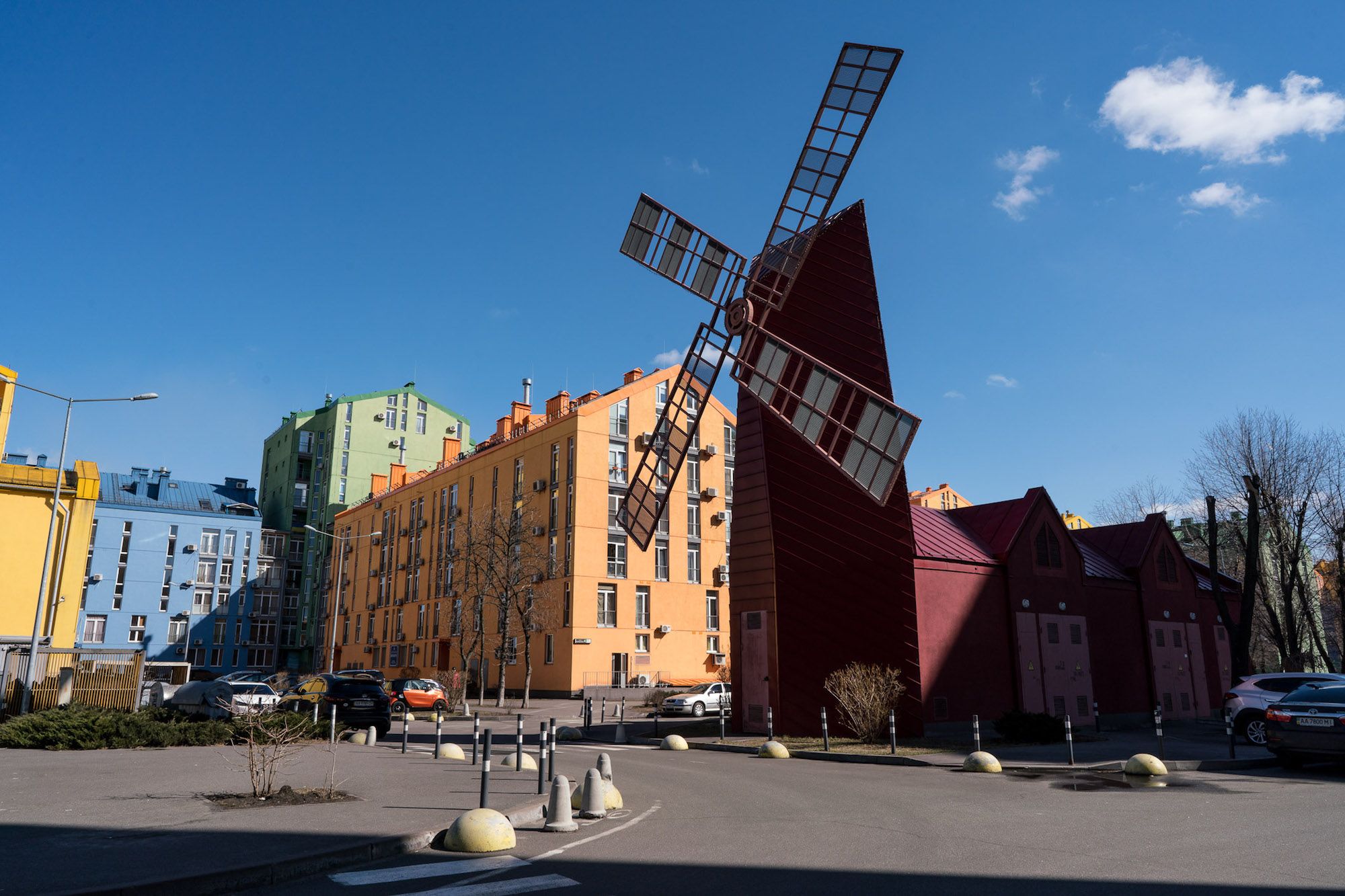
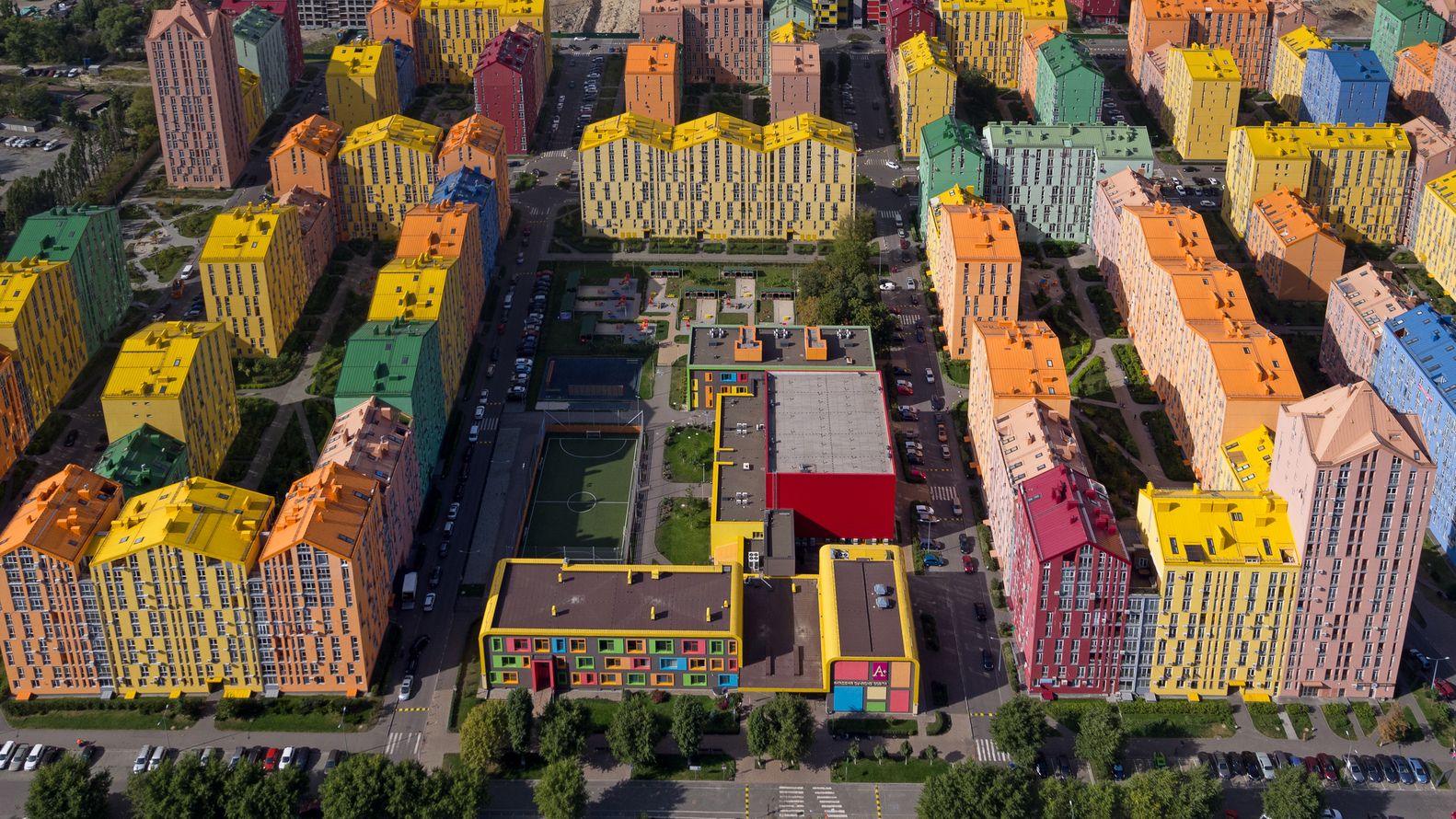
Wood instead of concrete | Maierhof, Bludenz
Designed by the Feld72 architectural firm, the lavish wooden buildings of the housing estate fit beautifully into the alpine landscape of Bludenz. The eight three-story buildings seem the same at first, but in reality, their layout and size are different, thus related to the character of Austrian villages. The green park between the houses, isolated from car traffic, is a popular place for games, meetings and public activities.
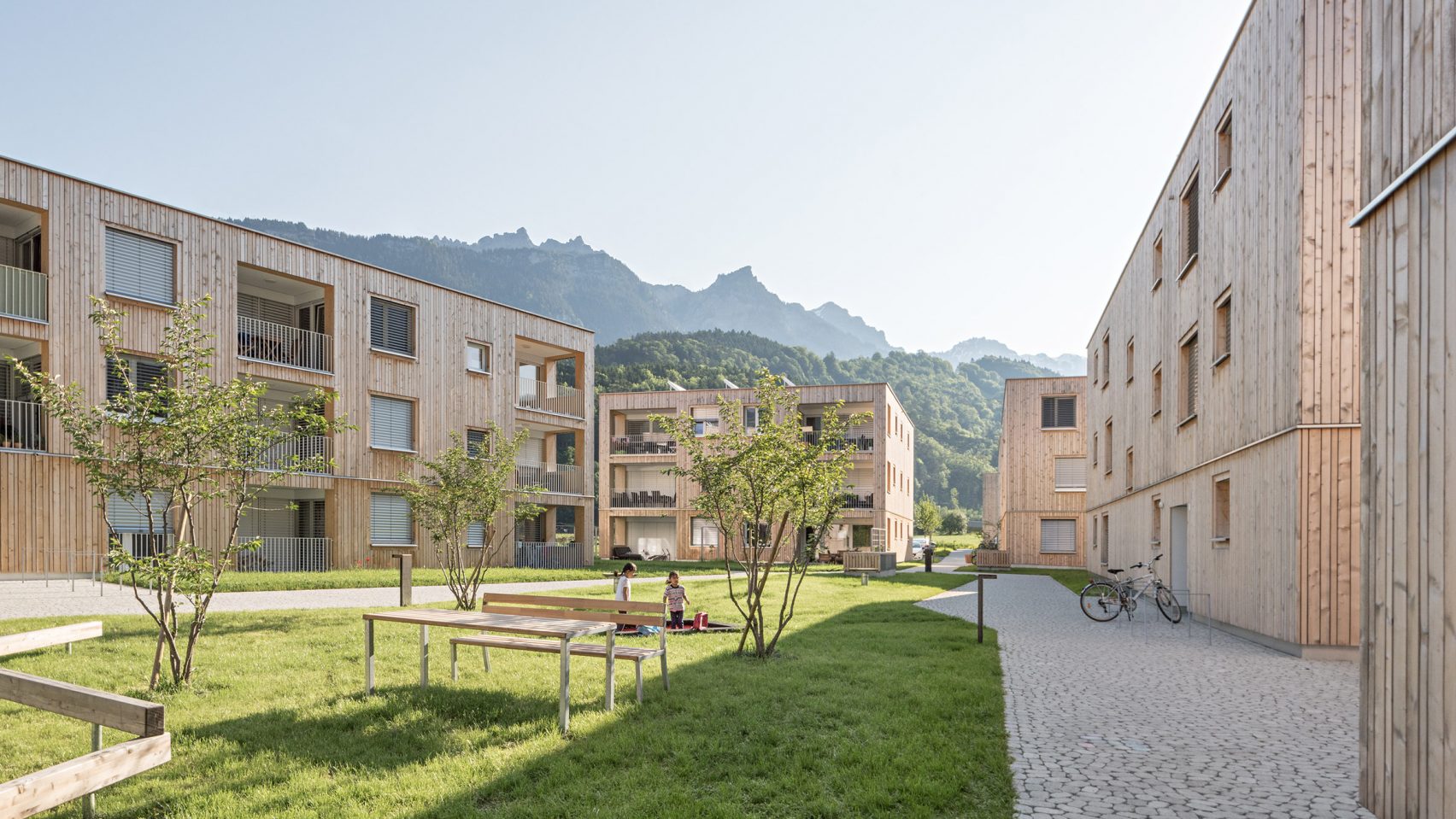

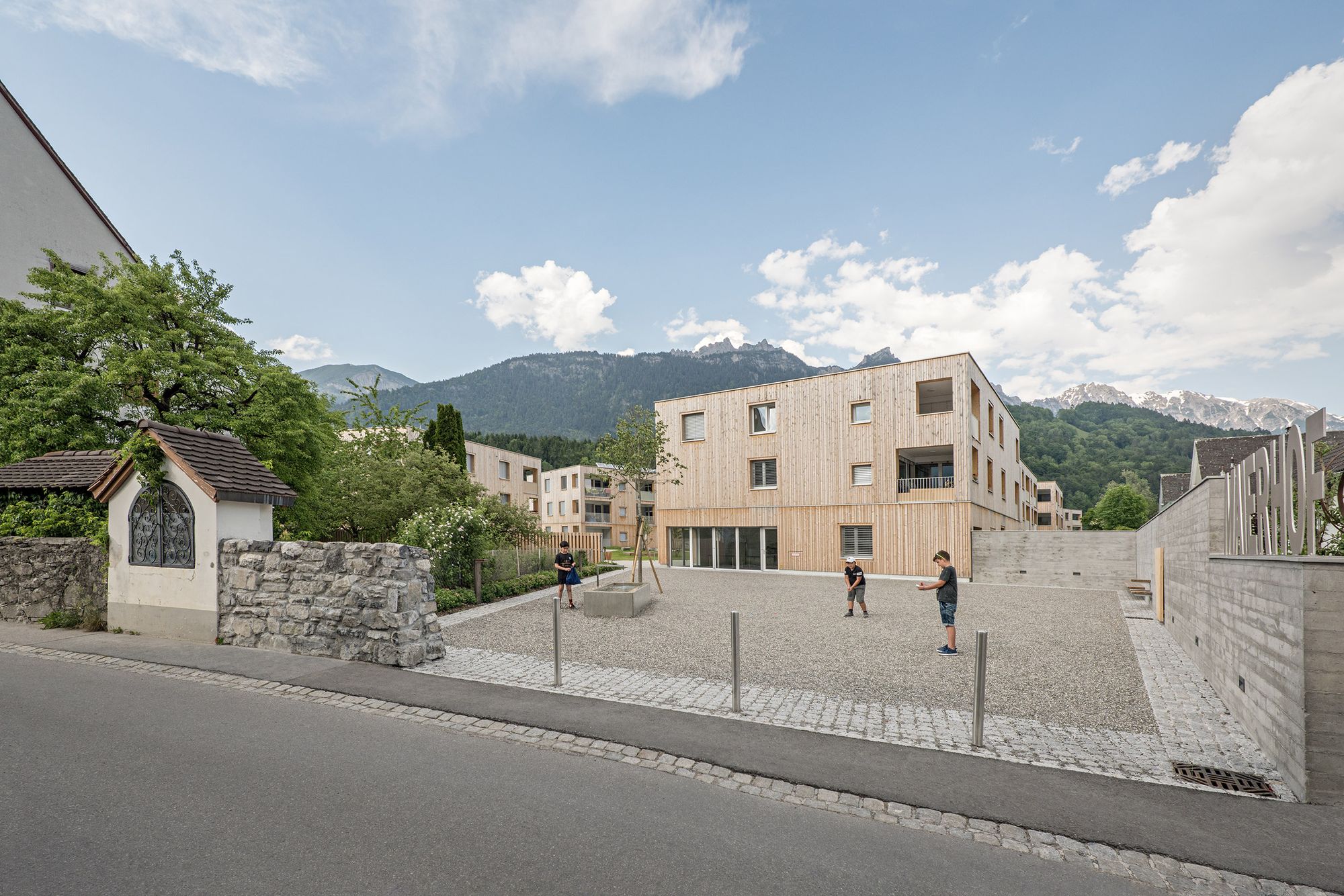
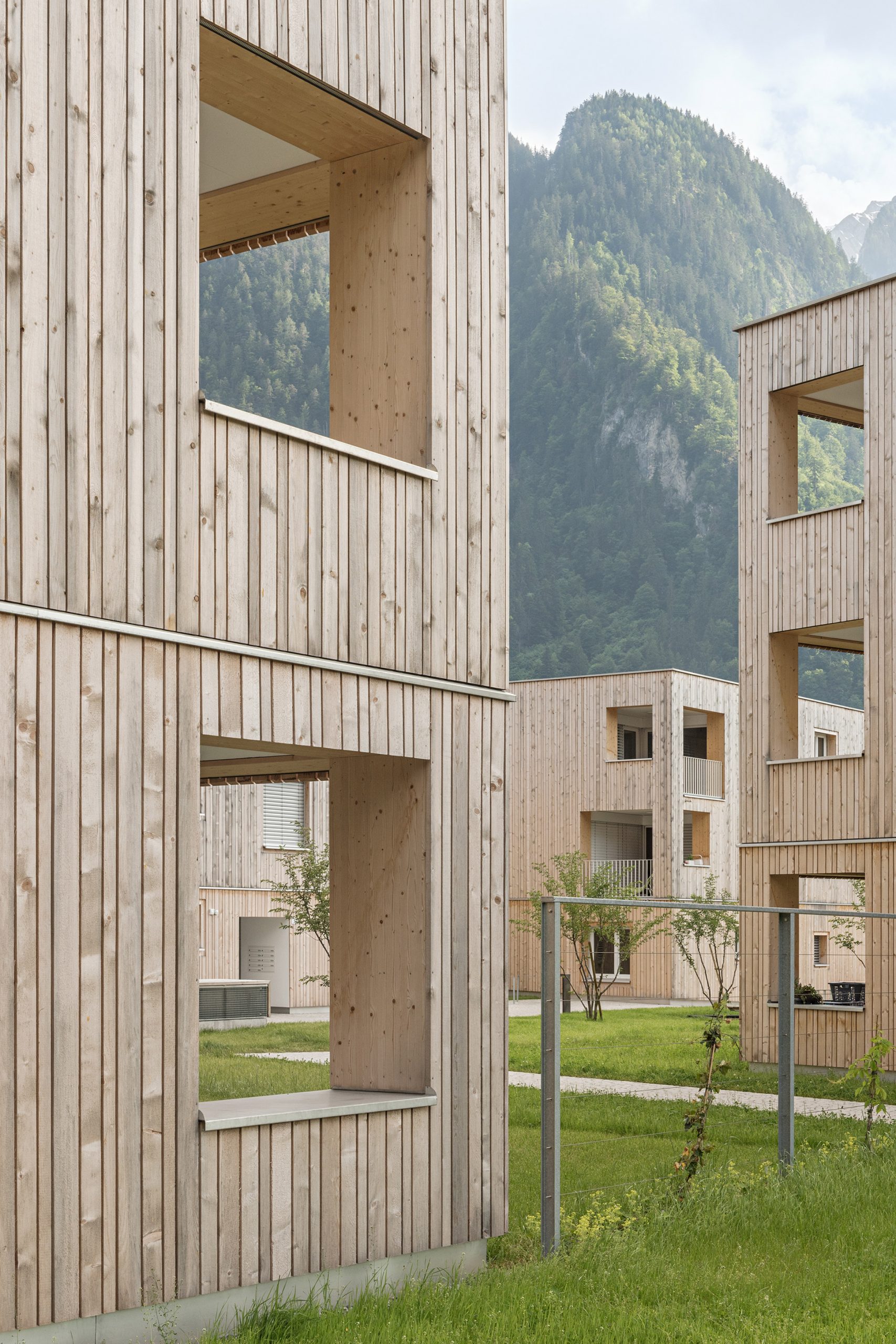
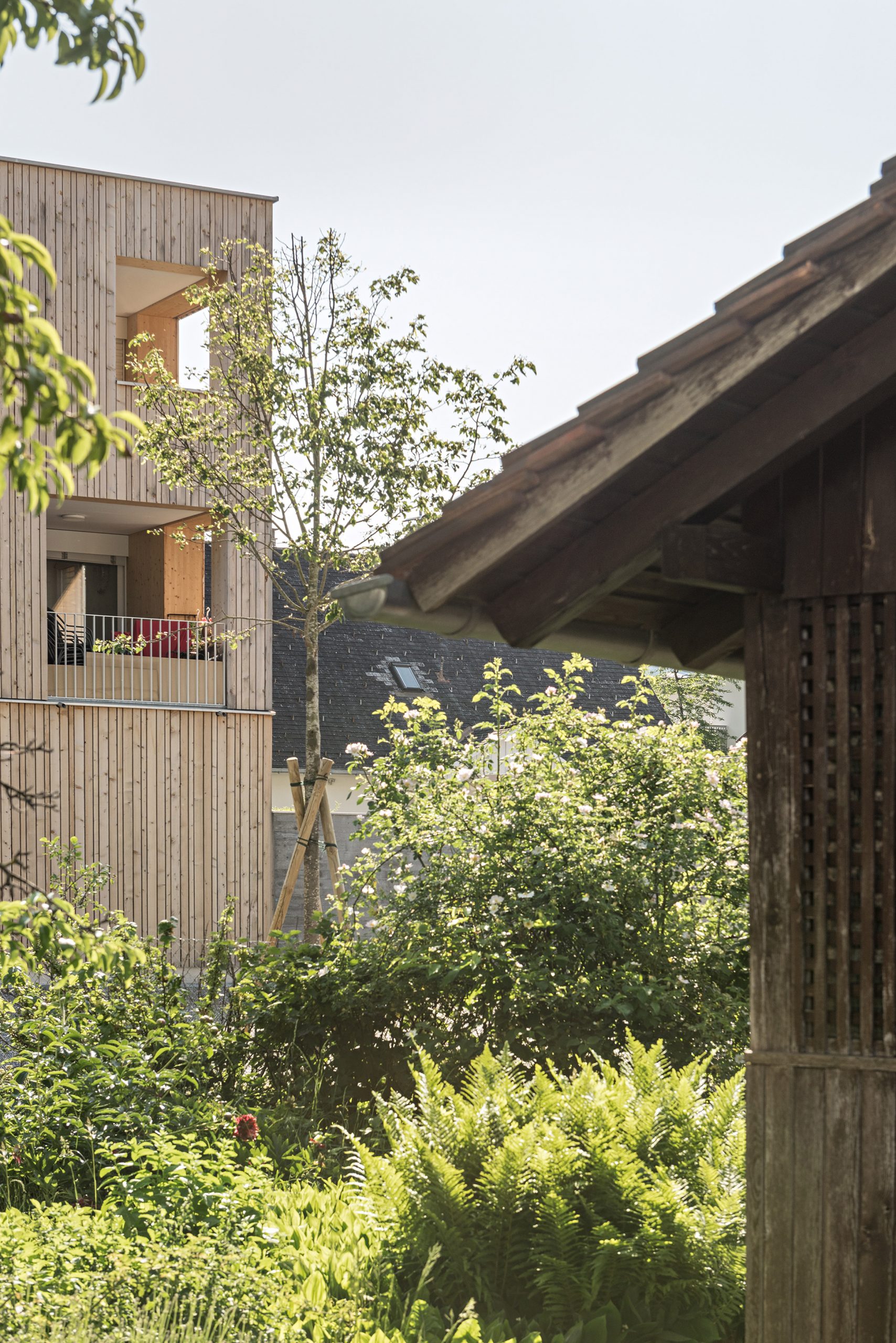

“Every piece is personal” | JVCKA
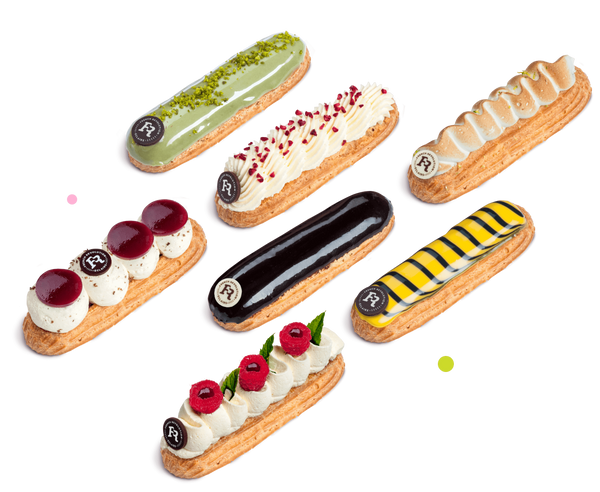
In the realm of éclair doughnuts | French Revolution
